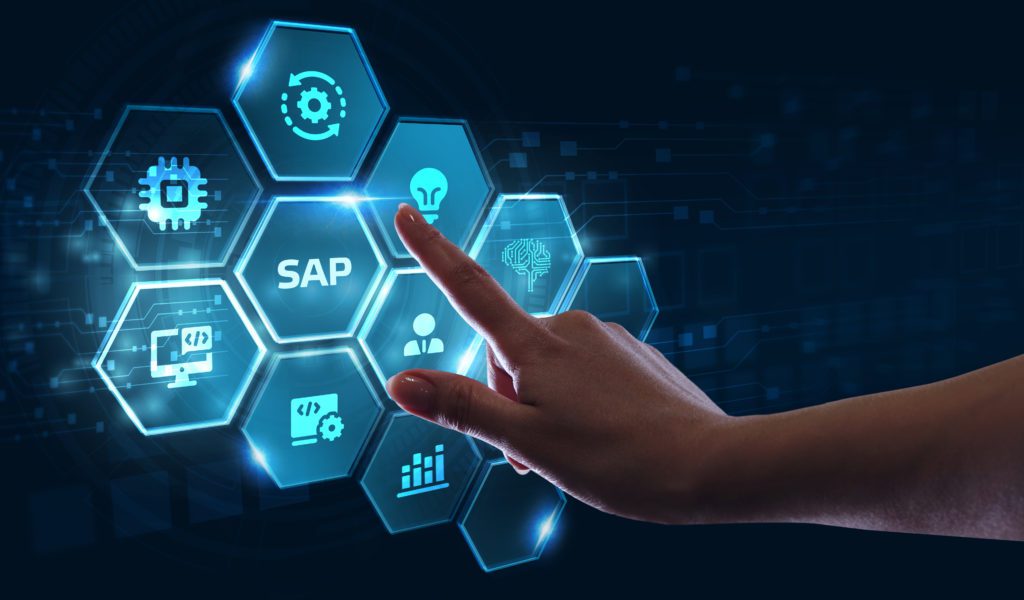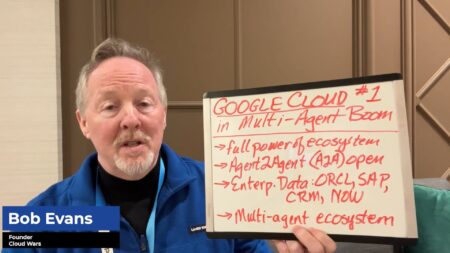
While one of SAP’s biggest assets is the deep industry-specific knowledge it has built up over the past 40 years, SAP expects its global partner ecosystem will ultimately create at least 80% and possibly 90% of its industry-cloud solutions, according to chief partner officer Karl Fahrbach.
In a 1:1 interview earlier this week, Fahrbach described that industry-cloud coalition as part of what he called SAP’s overarching goal of “becoming a partner-ecosystem-led business.”
This is yet another example of the enormous changes SAP has undertaken in the past couple of years under the leadership of CEO Christian Klein that break sharply with SAP’s legacy of believing that only SAP developers could create solutions worthy of being offered to SAP customers. (To gain a deeper insight into Klein’s views, please see this analysis I wrote after my recent 1:1 interview with Klein: How CEO Christian Klein is Transforming SAP into a Cloud Powerhouse.)
And while SAP has solutions for 25 distinct vertical markets, its aggressive move into the cloud with increasingly sophisticated industry-cloud applications and other offerings required the company to drive a new partner strategy that gives that global ecosystem a huge opportunity to participate deeply in this booming market.
For that industry-cloud buildout, Fahrbach said, regional SIs and partners are particularly well-suited to the creation of industry cloud solutions for two reasons:
- Their expertise in regional business requirements, trends, customers, and culture; and
- Their expertise in functional areas that go far beyond what SAP could scale out to manage.
While SAP needs to continue to be very transparent with its partners about segments where SAP intends to aggressively develop industry-cloud products, Fahrbach said, the rapidly expanding world of digital business will create widespread demand in categories and niches that SAP could never cover on its own.
Again, recent changes and innovations driven by SAP are making this sweeping transformation not only possible but also appealing to partners around the globe, he said.
At the top of that list of innovations is SAP’s Business Technology Platform, which enables those partners to create purpose-built apps and other tools for particular industries using the same architecture and data model as SAP uses.
Then, Fahrbach said, there’s the sweeping evolution in the roles and functions that those partners are expected to fulfill. Far beyond the old days of either selling or integrating SAP software, partners are now expected to be actively involved with customers across the entire life-cycle of customer engagements, Fahrbach said.
That includes 4 specific sets of activities that map to how customers today are working with leading cloud vendors like SAP:
- New commercial models around revenue sharing to help drive the growth of SAP’s cloud business with solutions that customers want and need;
- After the sale, the partners are responsible for following through in the phases of adoption and consumption;
- Driving high levels of customer success, which is essential in the cloud world; and
- Expanding and accelerating new waves of innovation for SAP customers and prospects, with all of those solutions built on the Business Technology Platform mentioned above.
“Before, like most technology companies, we had a very basic ‘vendor/partner’ relationship with our ecosystem,” Fahrbach said.
“But now, we put the customer at the center of everything, and we expect our partners to come to the table with new levels of capabilities, new certifications, industry knowledge, and new levels of value for customers.”
Want to gain more insights from Cloud Wars Expo?
Starting on July 20th, more than 40 hours of on-demand cloud education content will be available for free to Acceleration Economy Subscribers.









